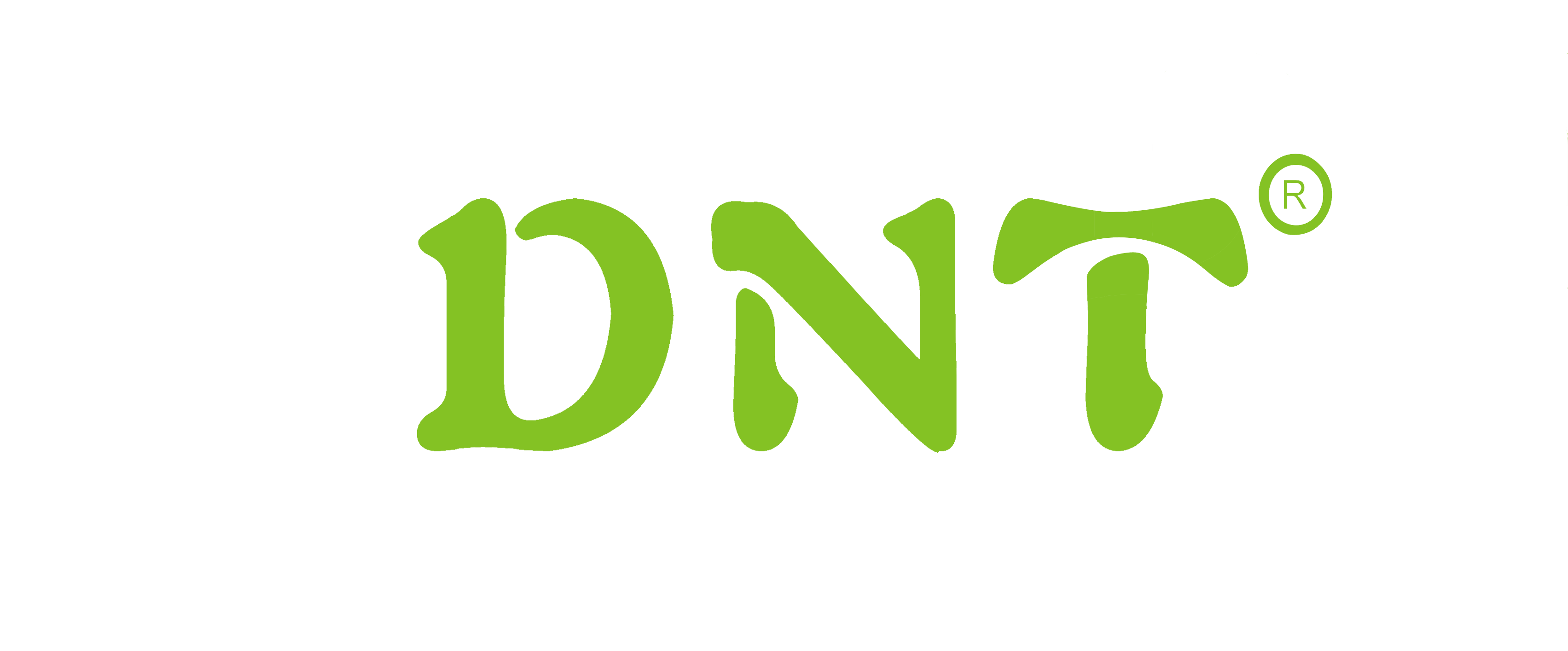The brakes operate using a simple hydraulic system that transfers the pressure you apply to the pedal onto the brake pads and rotors. When you push down on the brake pedal, a lever pushes a piston into the master cylinder that’s filled with hydraulic fluid. This fluid is then squirted along pipes which feed another cylinder positioned next to the brakes to complete an hydraulic system that multiplies the force you put into the pedal.
Knowing When to Replace the Brakes
With some cars you’ll know the instant the brakes need changing because you’ll need to apply them earlier than normal to stop for the corner but with other cars that’s not so obvious, particularly if you’re used to driving a truck with different loads in the back and on different road surfaces which mean you adapt your driving style to match the condition of the road and the weight of the vehicle. When the brake pads wear down, you’ll start to hear a squeaking noise whenever you try and slow the vehicle. Thankfully some newer cars have brake pad sensors that alert the driver when the pads need replacing.
Preparation
According to home services websites, the average cost of changing pads and rotors on a typical car is $324. That varies from state to state but you can expect to save part of those costs if you do the work yourself. To begin the job you’ll need to buy new brake pads and rotors. When you get home, put the car in brake and then begin the job by loosening the lug nuts. Now raise the jack and then rest the car on jack stands.
Replacing the Brakes
Now remove the bolts from the caliper and slide it out. Now remove the bolts on the rear of the hub that keeps the caliper carrier in place. You might need to whack the rotor with a hammer to get it off. Do whatever it takes because you don’t need the old rotor anyway. Now use a wire brush to remove rust from the hub before installing the new rotor. Then you replace the caliper carrier bolts and you’ll be ready to compress the caliper piston. Do this until the piston is flush with the housing of the caliper. To complete the task, install pads in the carrier and use some grease on the outside of the pad for smooth operating.
To Finish
Put the wheel back on and tighten the lug nuts to complete the job. Although you’ve got new pads and rotors on the vehicle, you’ll hear some squeaking to begin with. That’s normal when you’ve changed the brakes. To get rid of that, drive on a highway at around 60 MPH and then gradually decrease speed to 40 using the brakes. Do the same from 50 to 30 MPH a few times and then just drive around and use the brakes as normal. You’ll soon notice the noise go away.
